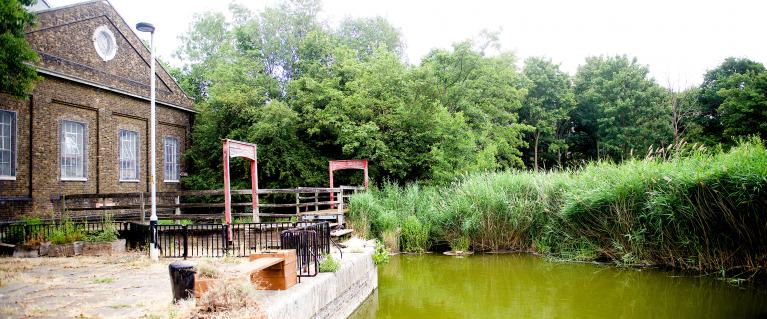
Landscape and natural heritage
London is an unusually green city as compared to other major world cities. Nevertheless, for many, the impression of London is that of a highly built up urban area, surrounded by less dense residential suburbs. Unsurprisingly London is characterised more by its townscapes and buildings than by its natural environment.
However, London has a wide variety of underlying natural landscapes. The most obvious is the River Thames which, although heavily modified, has a natural tidal ebb and flow, which brings the North Sea into the heart of the city on a daily basis. The Thames itself has twenty-one tributaries in London – although many of these are now ‘lost’ rivers, forming part of the piped drainage network.
Other underlying natural landscapes are often less apparent but are sometimes revealed by the natural vegetation in London’s parks and green spaces or by changes in topography. These clues are described as ‘natural signatures’ and they indicate the rich variety of London’s natural landscapes, which include: chalk downlands, gravel ridges and terraces, clay plateaus, and grazing marshes.
This rich variety of natural signatures in London contributes to creating a sense of local identity and distinctiveness throughout London. They are described in detail in London’s Natural Signatures, which includes guidance that aims to reconnect Londoners with the underlying, and often hidden nature of the city, and to create new local identities based on the geology, ecology and landforms of London.
Need a document on this page in an accessible format?
If you use assistive technology (such as a screen reader) and need a version of a PDF or other document on this page in a more accessible format, please get in touch via our online form and tell us which format you need.
It will also help us if you tell us which assistive technology you use. We’ll consider your request and get back to you in 5 working days.